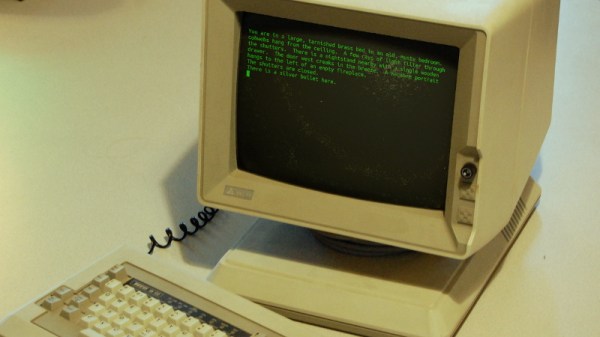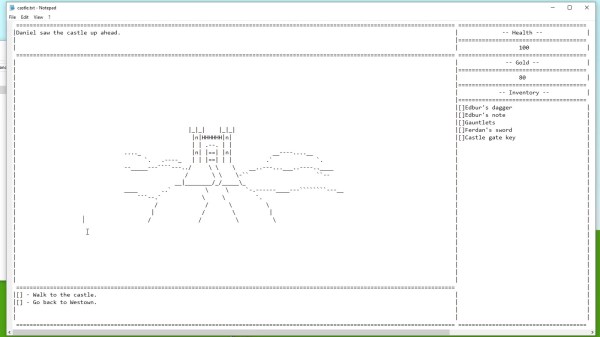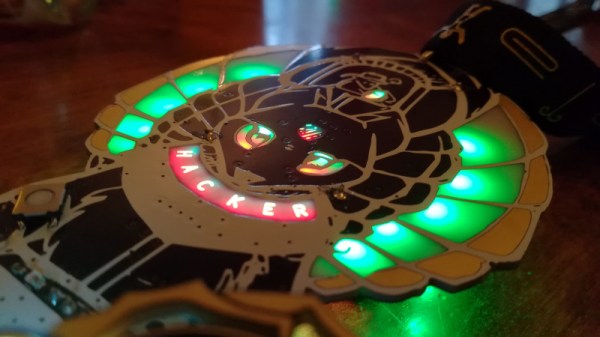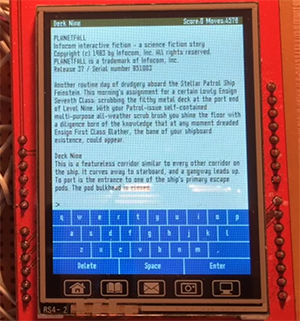Many readers will be familiar with the final scene of Raiders Of The Lost Ark, in which the Ark of the Covenant, having been retrieved by Indiana Jones, is placed in a crate and wheeled off to be lost in the seemingly infinite depths of a dusty Government warehouse. Who knows what treasures lurk in such fabled taxpayer-funded repositories, and as if to prove their vast potential, [Arthur O’Dwyer] relates a tale of digital archaeology in which the entire source code of a game thought long-lost was regurgitated with the help of a civil servant.
The game in question is Castlequest, which he had played in the 1980s on the now-defunct GEnie online service. One of very few online references to it came via an entry in the copyright catalog of the US Copyright Office, where copyright holders can choose to register their works. Eventually after some detective work and a conversation with one of the game’s authors, he received copies of the entry. But instead of the expected summary, he was pleasantly surprised to find the full Fortran code of the game. The snag was that it came as a PDF scan of printed pages rather than as code itself, so there followed a tedious process of transcription before it could be published in a GitHub repository and eventually made compilable. The code remains copyrighted as an important part of its story, but should you be interested you can transport yourself back four decades and try your luck at text adventuring.
Maybe there’s more to be found in those dusty copyright warehouses, and searching for it has to be more pleasant than digging up landfills.






 The circuit is constructed with a $10 eBay special FPGA, the Cyclone II EP2C5. Other than that, it’s just some Flash, some RAM, a display, and a whole lot of wire.
The circuit is constructed with a $10 eBay special FPGA, the Cyclone II EP2C5. Other than that, it’s just some Flash, some RAM, a display, and a whole lot of wire. 









